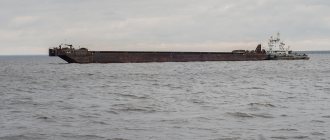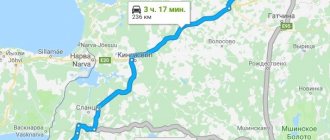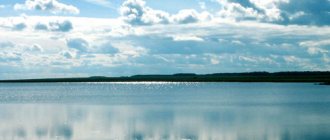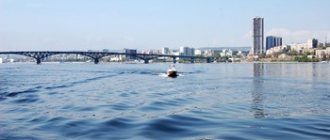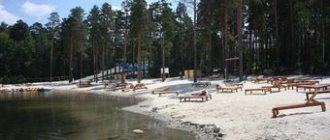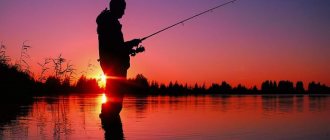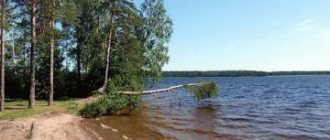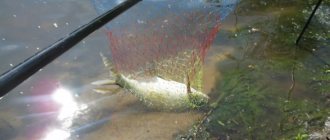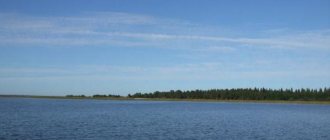Geography:
White Lake is located in the west of the Vologda region. Since 1964, it has been part of the Sheksninsky reservoir, which is part of the Volga-Baltic waterway. White Lake has a round shape. The Belozersky bypass canal, 67 km long, runs around the southwestern part of the lake.
The water surface area of White Lake is 1284 square kilometers. But due to the low banks, the area of the reservoir and the coastline can fluctuate throughout the year. White Lake is round in shape, the length of the lake is 43 kilometers, and the width is up to 32 kilometers. The average depth of the lake is 5-7 meters, there are some holes up to 15 meters. The waters off the coast are very shallow, in some places the depth does not exceed 1 meter per kilometer. Coastal plants are well developed. The shores are flat and have practically no bays and bays, the soils are silty-sandy. It is worth noting that there are no rocky ridges.
White Lake stretches between Lake Onega and the Rybinsk Reservoir, approximately in the middle between them. The lake appears on even small-scale maps, and even on the globe you can find its blue dot. White Lake is one of the largest lakes in Europe.
Free fishing in the Vologda region
The Vologda region is one of the most environmentally safe regions of the European part of Russia. Fishing in the Vologda region offers the most picturesque places, clean rivers and lakes, and magnificent nature. This is what attracts many people to go fishing in the Vologda region.
There are many wonderful places for fishing where you can get a good catch and get real pleasure. Large rivers flow through the region, such as the Sukhona and its tributaries Vologda and Dvinitsa, Mologa with its tributary Chagodoshchey, Sheksna, Unzha, Luza and many others. In the southwestern part of the region there is the Rybinsk Reservoir, and in the west there are the most beautiful lakes Vozha, Kubenskoye, and Beloe. The famous Lake Onega is located in the north of the Vologda region.
Here are the TOP 10 best places where you can fish for free in the Vologda region:
1. Sukhona River
Description, what kind of fish is found, how to get there:
The Sukhona River is the largest river in the Vologda region, its length is 560 km. The Sukhona begins from Lake Kubenskoye. At the confluence of the Sukhona and the Yug River, the Western Dvina begins. There are many rocky islands of rapids and rifts on the river.
Fishing in the Vologda region on the Sukhona River is attractive in any season. The best bream fishing in the Vologda region is possible precisely on the Sukhona, where bream has proliferated greatly. You can catch bream there in almost every more or less deep hole. The Sukhona also abounds in ide, chub, roach, perch and many other types of fish.
When fishing in the Vologda region on the Sukhona River, you also often come across pike, including trophy specimens. It is best to catch pike behind boulders, below the rifts, where the current usually carries weakened young fish. One of the most catchy places for pike is the ridge of riffles near the large village of Uvarovice.
GPS coordinates: 60.02639, 43.05541
2. Mologa River
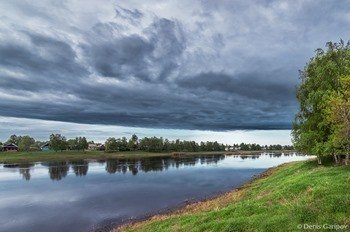
Description, what kind of fish is found, how to get there:
The Mologa is a major tributary of the Volga. The ideal time of year for fishing is spring, since during this period the fish living in the river swim back to the Volga. The river boasts a variety of fish species. This is evidenced by anglers' records of catching pike, pike perch, ide or bream. Sometimes you can see grayling, but its number in Mologa is much smaller than other species.
GPS coordinates: 58.82917, 37.17698
3. Lake Beloe

Description, what kind of fish is found, how to get there:
White Lake is one of the largest bodies of water in Vologda. The lake is also not unknown. There were: Ivan the Terrible, Nikon, Archpriest Avvakum and others. There are several temples and monasteries on the shore of the lake. It is in White Lake that fish such as perch and pike perch are most often found.
GPS coordinates: 60.17201, 37.6045
Lake Kemskoe
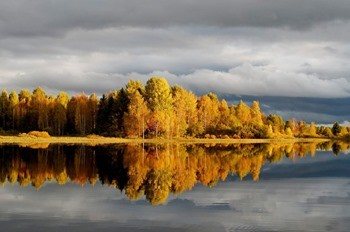
Description, what kind of fish is found, how to get there:
Kem Lake, located near Yanishevo, is one of the most attractive places for local fishermen who prefer to fish with spinning rods and floats, since here you can find trophy bream and medium-sized roach. Those who have a boat go to the water area of the reservoir in search of pike and perch.
GPS coordinates: 61.10457, 37.56332
Lake Onega

Description, what kind of fish is found, how to get there:
Lake Onega is one of the cleanest lakes in our country. The area of Lake Onega is about 10,000 km² and the depth reaches 130 m, and the maximum length is 290 km. Lake Onega is very popular among fishermen and tourists.
In addition to the magnificent nature and large size, fishing on Lake Onega in the Vologda region is famous for its diversity and opportunities. The waters of Onega are home to 47 species of fish, which indicates its high environmental friendliness. This is facilitated not only by its purity, but also by its size and great depth with varied relief.
In addition to the usual fish species for the central regions, bream, pike perch, pike, perch, and roach, salmon, lake trout, pike trout, and grayling can be caught in the lake. To catch such fish, many fishermen from other regions of Russia flock to Lake Onega. Salmon fishing in Lake Onega is an excellent chance for many fishermen to catch grayling, trout or salmon.
GPS coordinates: 61.60292, 35.57289
6. Lake Vozhe
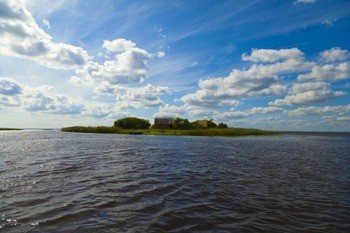
Description, what kind of fish is found, how to get there:
This lake is well known to fishing lovers in the Vologda region. Its area is about 422 km², and its depth does not exceed 5 meters.
Fishing on Vozha is carried out for both predators and white fish; the lake is rich in fish resources and attracts many fishermen, both local and visitors, to its shores.
The fishing here is excellent for pike, perch, pike perch, and peaceful fish, bream, crucian carp, silver bream, roach, rudd and large bleak.
If you have a bad day and the fish stubbornly don’t want to bite, you can always catch bleak, which bites on the lake in any weather; at least, a tasty fish soup from this small but fatty fish is guaranteed.
GPS coordinates: 60.56651, 39.11091
Lake Ezhezero
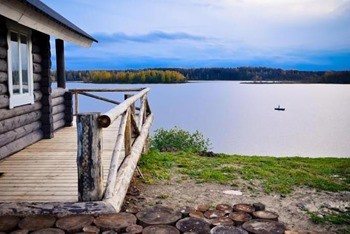
Description, what kind of fish is found, how to get there:
Lake Ezhezero is famous for winter fishing. It is located in the center of the forest, thanks to which there is no wind. Fishermen usually spend the night in cozy wooden houses, which were built next to the reservoir especially for fishing enthusiasts. The most common catches are roach, perch and ruff. You can fish in winter at any point in the reservoir, since a consistently cold winter will provide reliable and thick ice along the entire perimeter of the lake. For fishing in the warm season, a pier has been created near the shore, where fans of spinning and bottom fishing can go fishing.
GPS coordinates: 60.68697, 36.30918
Lake Kubenskoye

Description, what kind of fish is found, how to get there:
This lake is perhaps the most unique in the Vologda region. Its uniqueness lies in the fact that in summer it is huge, and in winter it decreases by about 2-3 times. Its depths in summer and winter vary greatly: in summer it is shallow (2 m), and in winter it is very deep (13 m). The water in Lake Kubenskoye is very clean, as it appeared due to the melting of the glacier. If you are lucky, the fisherman can catch Kubensky salmon, which is found nowhere in the world except Lake Kubenskoye. In another way it is called “Cuban goldfish”. Only a few people can boast of capturing her.
GPS coordinates: 59.58142, 39.54769
Sheksna Reservoir
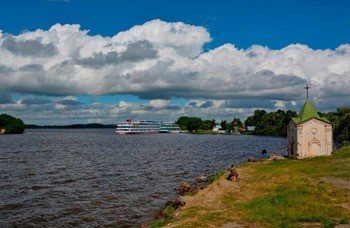
Description, what kind of fish is found, how to get there:
This reservoir is located on the Sheksna River. The reservoir was formed by a dam about 50 years ago. There is enough fish in it, catfish and pike live there. Local fishermen prefer fishing from the shore, but fishing from a boat is no less popular. There is even a boat rental station near the shore, so it is not necessary to bring a boat with you.
GPS coordinates: 59.60877, 38.49947
Rybinsk Reservoir
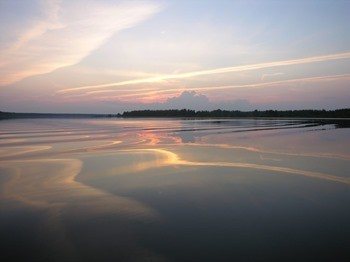
Description, what kind of fish is found, how to get there:
This reservoir is considered one of the best fishing spots in Russia. In summer, pike perch is usually caught here, and pike in winter. Almost all types of fish (which live in the Russian Federation) live in large numbers in the reservoir. It is best to catch large fish in the fall, as at this time they go to the bottom and are easier to catch. Often there are specimens weighing ten or more kilograms.
GPS coordinates: 58.44668, 38.41878
Do you know any other good places for fishing in the Vologda region - write in the comments
